Lisbon is a land of encounters at the crossroads of the North and South Atlantic … To explore the white city, which owes its nickname to the luminosity of its ocher facades, there are a thousand possible paths. For MOYI, the best route follows inevitably the traces of Africa in Lisbon, an indissociable presence due to Portugal’s history of ultramarine conquests that have been bringing in African populations for more than 500 years. Our guide for the day is Naky Gaglo M., a Young Togolese man who moved to Lisbon more than two years ago. He created the Africa Lisbon Tour, a guided tour of Lisbon through the prism of the history of slavery and colonialism that are linked to the city.
This guide has appeared in our 4th isssue.
SLEEP
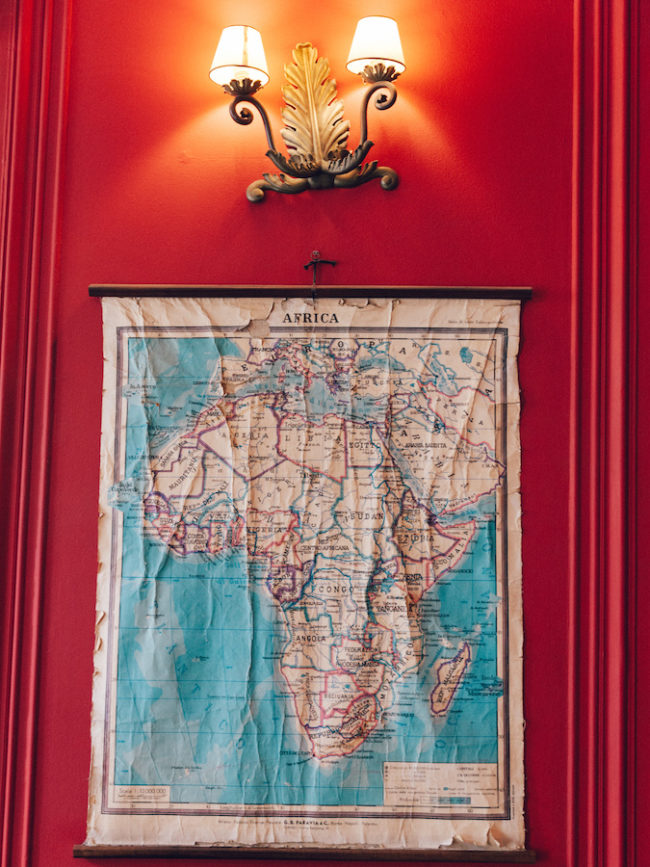
Lobby of The Independente Hostel & Suites – © Photography by Baptiste De Ville D’Avray
The Portuguese capital offers a large spectrum of prices and luxury.
*
For small budgets, we recommend The Bairro Alto Hotel, or the Casa do Principe, a charming bed-and-breakfast in a 19th century building. Young people will probably prefer The Independente, an oddball hotel that is both a hostel and a boutique hotel. In this eccentric neighborhood which is at the center of the night life in Lisbon, you will never be far from a bar or a discotheque with African sounds and liqueurs.
* *
In the heart of a picturesque district, there is the Santiago de Alfama hotel or, in a more audacious style, the Memmo Alfama Hotel Lisboa, a perfect blend of tradition (old facade from the 19th century) and modernity (street art fresco and design furniture).
* * *
The Palácio Belmonte, set in the oldest palace built on the the city walls, will give you a unique experience. This huge and sublime chic bazaar ranks among the best hotels in the city. It is worth going there for the sight, the public areas and the unexpected decoration, a mix of contemporary works and antique furniture. Once there, visitors don’t want to leave because of the location in the heart of the typical Alfama district, where one finds urban traits of Northern Africa and Moorish influences dating back to the 8th century, like the Fountain of the King (chafariz of El-Rei) found at the foot of the hotel.
EAT
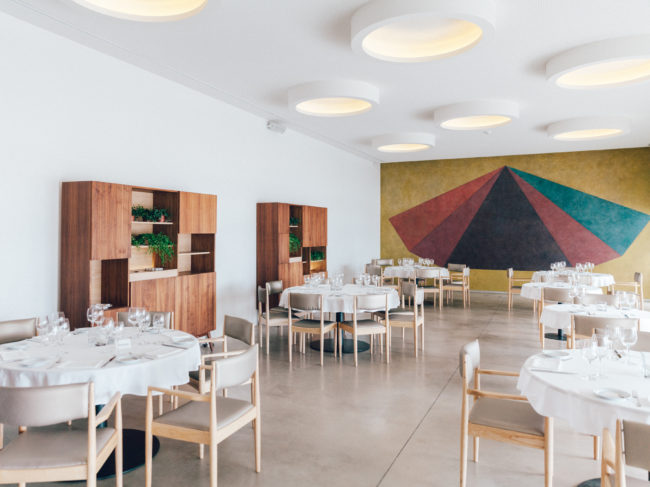
Espaço Espelho d’Água, which serves Angolan-Portuguese fusion cuisine in the neighborhood of Lisbon – © Photography by Baptiste De Ville D’Avray
*
Portuguese gastronomy is above all popular, as its classics demonstrate: cod in all its forms, Caldo verde, an invigorating soup, but also the varied dishes found in the tabernas of the Lapa-Madragoa district or at the various counters of the famous Mercado da Ribeira / Time Out Market : croquettes, delicatessen, sardines, wines, portos, sushi, éclairs patries in a thousand different flavors … For seafood, you can head to Atira Te Ao Rio, at the foot of the Cristo de Rei. We fell for for wasabi cuttlefish, to enjoy while facing the sunset and the famous 25th of April Bridge (Ponte 25 de Abril). A tiny tavern, the Taberna da Rua das Flores, has become famous in recent months. Everything is perfect there, while being surprisingly affordable: the bread, the wine, the clams or carpaccio.
* *
African cuisine enthusiasts can eat a cachupa – a typical Cape Verdean dish made with chickpeas and corn – at Domingo in Tambarina, in the heart of the Creole triangle within the district of São Bento, where the names of the streets tell the story of the Myth of the Guineans (Poço dos Negros). For an Angolan-Portuguese fusion cuisine, head to Belém, at the Espaço Espelho d’Agua, popular for its cuisine and its breathtaking view of the Tagus River, its exhibitions and its vegetable bar. This Art Deco building from 1940 was built for the World Exhibition and has kept its original wall painting realized at the time by artist Sol LeWitt! Not far from here, a full-sensory experience is available at the Bairro de Avillez, an extraordinary modern industrial space where you can also buy gourmet products in the mercearia (grocery store) and enjoy a good dish in the taberna or in the pateo area, a heaven for seafood lovers.
* * *
In the evening, the bustling atmosphere of the Bairro Alto neighborhood where you can enjoy delicious tascas, typical Portuguese tapas, does not prevent dinner in the muted and cozy atmosphere of the trendy The Insolito / The Decadent, known for one electrifying cocktail, made by a mixologist amid an already amazing menu. Just a few blocks away, A Cevicheria by chef Kiko Martins offers an unbelievable raw food tasting experience. There are many great places, held by young prodigies of gastronomy (José Avillez at the head of the list), that are located in Chiado, the historic center. Another place not to be missed is the Belcanto, who has two stars in the Michelin guide, where they serve a new and more sophisticated take on Portuguese cuisine.
SHOPPING
Enjoy the wealth of Portuguese crafts and shop at the Casa de Vellas Loreto, a wonderful candle shop in the heart of the Chiado neighborhood, or at the Conserveira de Lisboa for delicious sardines and other preserves. For tea lovers, La Companhia Portuguesa do Chá – Vieira & Pinto brings to life an old Portuguese tradition imported from Japan as early as 1543. A nod to Africa can be found in the rare and delicate Rukeri organic green tea from Rwanda, which grows at an altitude of 1600 m. For a wider selection of products, several concept stores in magnificent spaces could be in your short list, like Embaixada, with its neo-Moorish architecture in Principe Real. Otherwise, the famous shop A Vida Portugesa and its selection of typical Portuguese vintage products, updated. Kids and adults alike will also enjoy spending a day at the LX Factory Arts Center, including in its incredible bookstore, Ler Devagar, and its thousands of books. Sunday’s little extra: a rural market that sells local products, jewels or old designer clothes.
DISCOVER
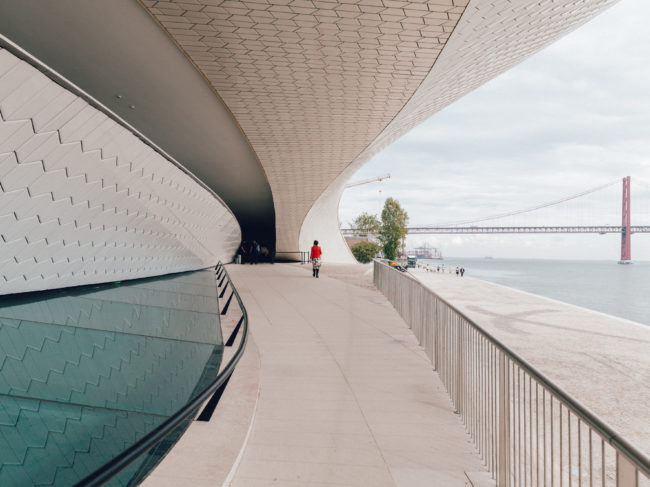
MAAT – Museum of Art, Architecture and Technology, has opened its doors in 2016 in Belem, Lisbon – © Photography by Baptiste De Ville D’Avray
For more than five centuries, Lisbon has attracted Black populations, mostly from Portuguese-speaking or French-speaking Africa. This legacy of the past is found in many of its places of culture and entertainment. Visitors can stroll along the Tagus River, catch a tramway on the fly to climb the São Jorge castle, the highest point of the city that has seen everything since the 5th century, or the Mouraria, the birthplace of the fado and a multicultural neighborhood . Art galleries are served between the Gulbenkian Foundation and the Museu Berardo, and the MAAT (Museum of Art, Architecture and Technology) in Belém. Children will be enthusiastic about the Museu Nacional dos Coches, one of the world’s largest collections of coaches. Fans of street art are sure to visit the Underdogs gallery, created by Vhils, the undisputed master of this discipline. Not to mention the Ethnological Museum of the Society of Geography of Lisbon and its collections of objects brought back from expeditions in the former Portuguese possessions, which place great emphasis on African art. Lisbon nights are muito quente. If you like batida, a jerky mix of very lively African rhythms, like the kuduro, and electro sounds, try the parties organized by the famous label Principe Discos. For those who want to dance salsa or kizomba until the end of the night, head to the Barrio Latino Café or The Docks Club. In a more alternative style, Casa Independente, is held by a crack squad of women. Otherwise, after a beer at the kiosk of the miradouro Santa Catarina, in front of the statue of the giant Adamastor, the spirit of the Cape of Good Hope, you can continue the evening at the Park, a rooftop bar on top of a parking lot, or visit the Bairro Alto, at the mythical Clube da Esquina.
LEARN MORE
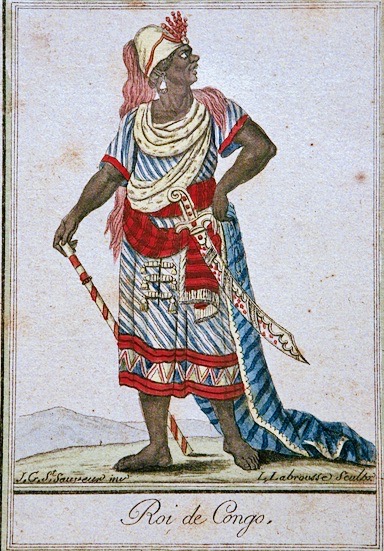
Alfonso I, King of Kongo, and father of Dom Henrique. Henrique became the first bishop of the Kongo kingdom and the first African bishop of the Catholic Church.
HENRIQUE, FIRST AFRICAN BISHOP OF THE CATHOLIC CHURCH
In the middle of the XVth century, Portugal enjoyed the exclusivity of the trade with Africa (which marked the beginning of the slave trade). This monopoly coincided with a first attempt to evangelize the continent, in the kingdom of Kongo (current territories in northern Angola, the Republic of Congo, the western extremity of the Democratic Republic of the Congo and Part of Gabon), giving birth to a literate micro elite who went to study in Lisbon, including the son of King Alfonso I, Lukeni Lua Nzinga, who became the first African bishop in the history of the Catholic Church under the name of Dom Henrique.
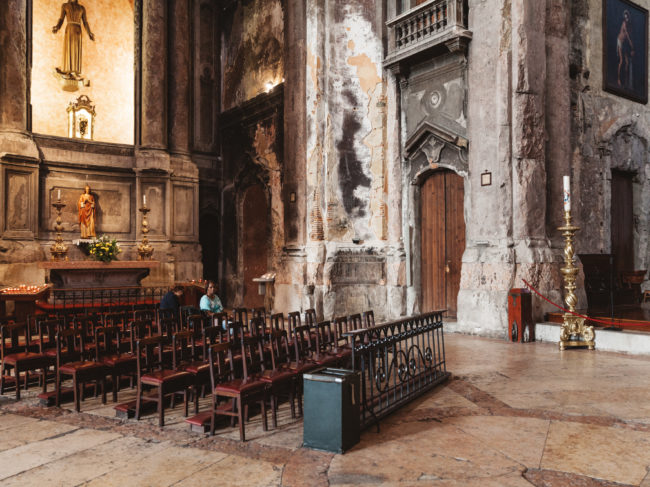
Igreja São Domingos in Lisbon- © Photography by Baptiste De Ville D’Avray
IN THE DAYS OF THE BLACK CONFERENCES
The Igreja São Domingos (St. Dominic’s Church) was converted into a convent at the end of the 15th, or the beginning of the 16th century. Here was the Brotherhood of Our Lady of the Rosary of Black Men, also present in Brazil. It is one of the first national – and probably European – brotherhoods of Blacks in churches. Once the largest church in the city, it survived two earthquakes (1531 and 1755) and a devastating fire in 1959. Most of the fellowships and brotherhoods of Blacks were created under the inquiry of Our Lady of Rosary, whose cult began the transition during the 12th and 13th centuries. According to some historians, the use of the rosary to pray would have facilitated its adoption by Blacks, who did associate the object with talismans. This brotherhood was questioned by the white devotees of the church who created the Brotherhood of the Rosary of White Men. Yet the Crown has always maintained, along with the Dominican Order, the existence of Black Brotherhoods, thereby allowing their members to free themselves and facilitate their social and cultural integration. Today, a large part of the Afro-descendant community continues to gather in this church, located in the Rossio district, a meeting point for Guineans, Angolans and Senegalese since the 1974 revolution. Another holy place, perched on the highest parts of the city, is the Igreja da Graça (Our Lady of Grace) and its Black saints, Saint Iphigenia and Saint Elesbao.
FADO, A CROSSBRED MUSIC
A monotonous chant at once sad and languid, the fado is said to have Brazilian and African roots. At least that is how Bavarian J. Friedrich von Weech described it during his trip to South America between 1823 and 1827, as he wrote: “There are many who dance fado, an imitation of an African dance during which the dancers sing; It consists of moving bodies apart and back together, which in Europe would be considered indecent.” It seems that other travelers made similar narratives and testimonies in which they attributed the appearance of this lascivious rhythm to African slaves. Truly a music from the street, the fado expresses suffering, poverty and exile as much as love and hope. Listen to it or dance on it on the terrace of the Museu do Fado, or at the Fado em Si, in a typical setting with stone arches, or in the friendly Boteco da Fa. In the Bairro Alto neighborhood, the Adega Machado, founded in 1937, dedicates dinners-shows to fado.
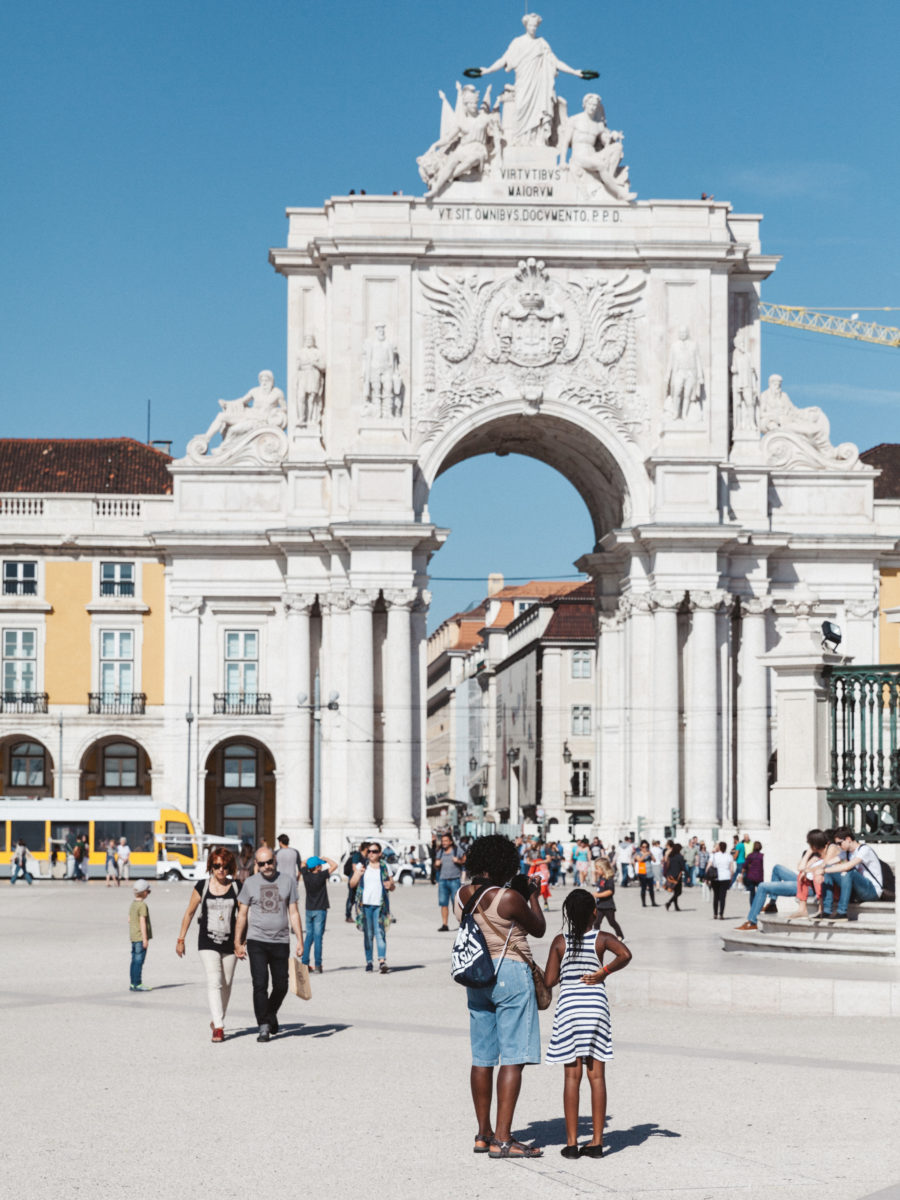
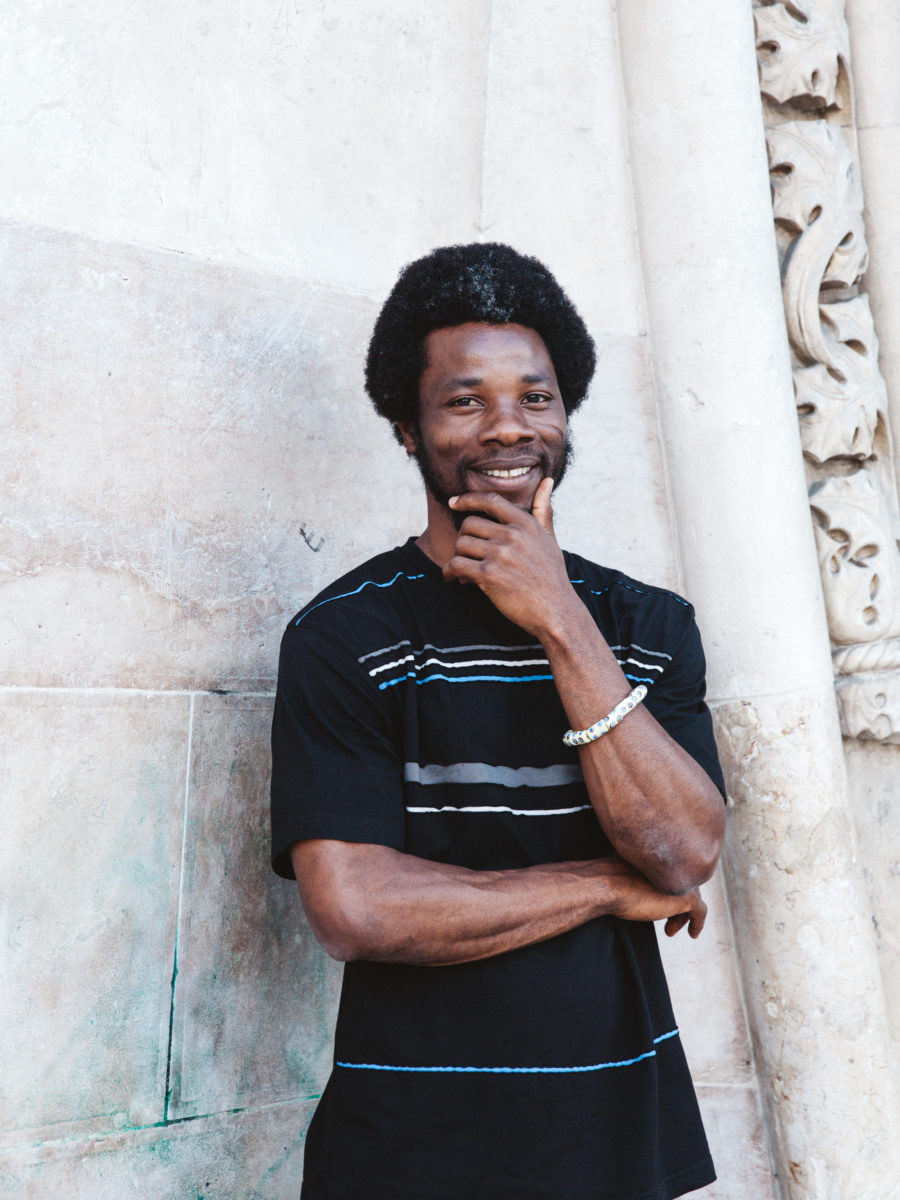
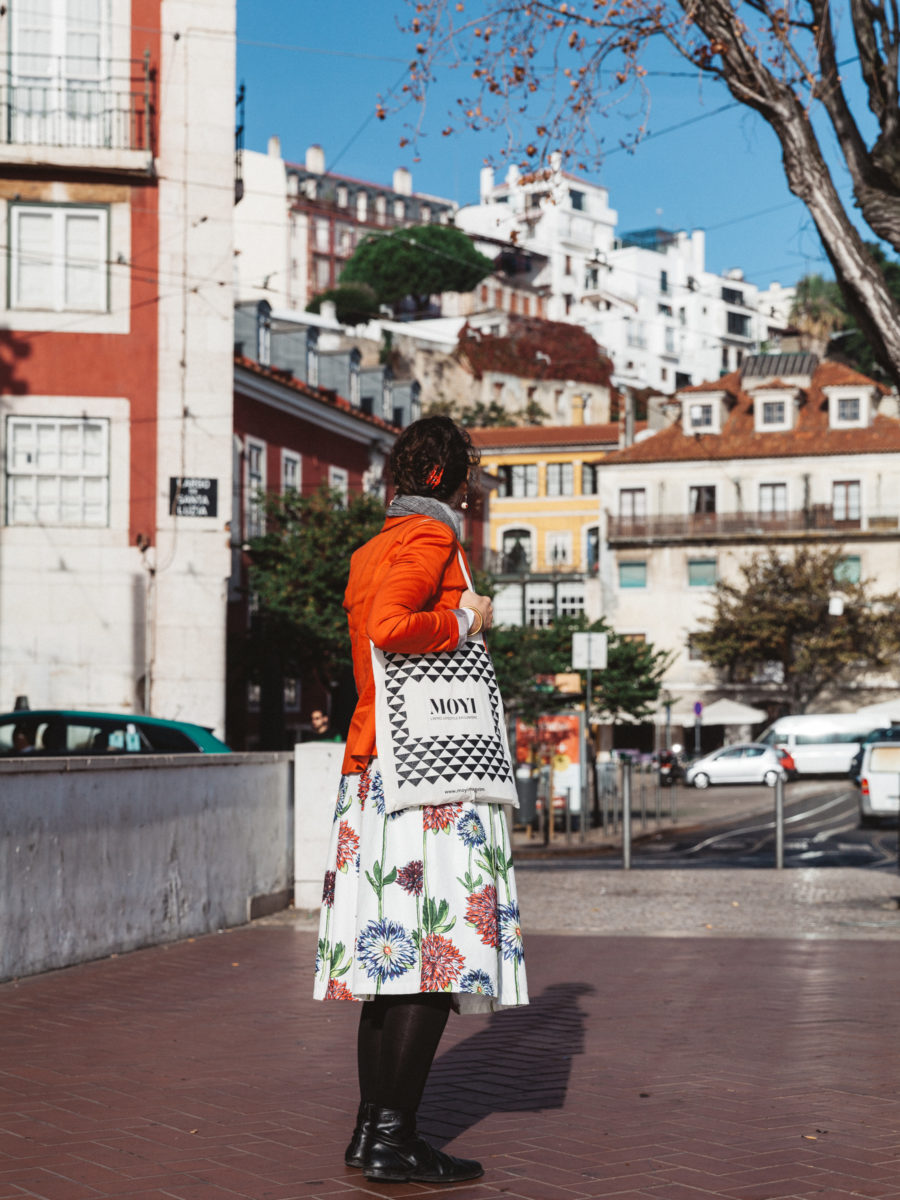

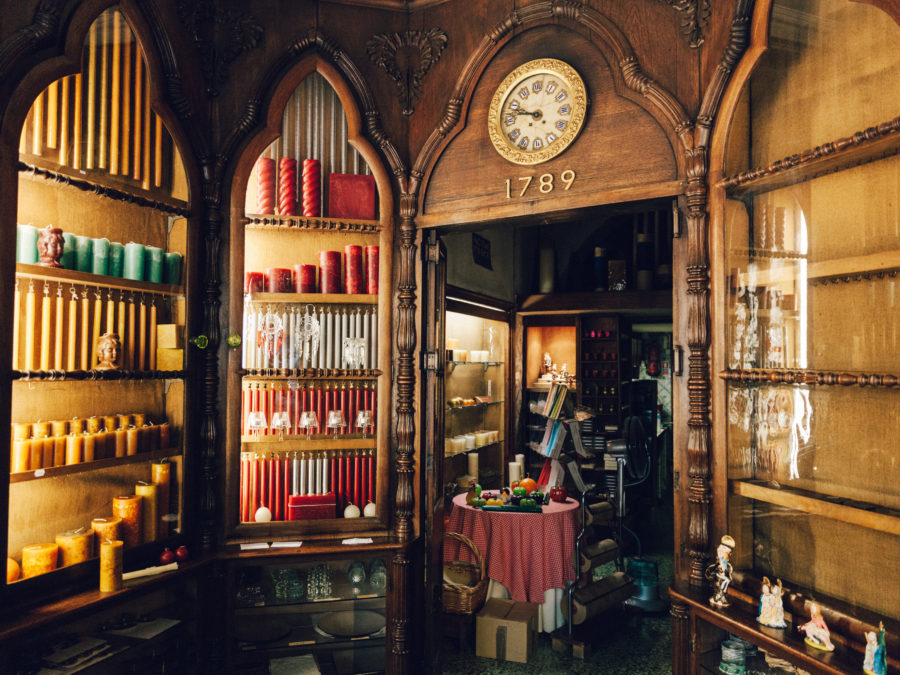
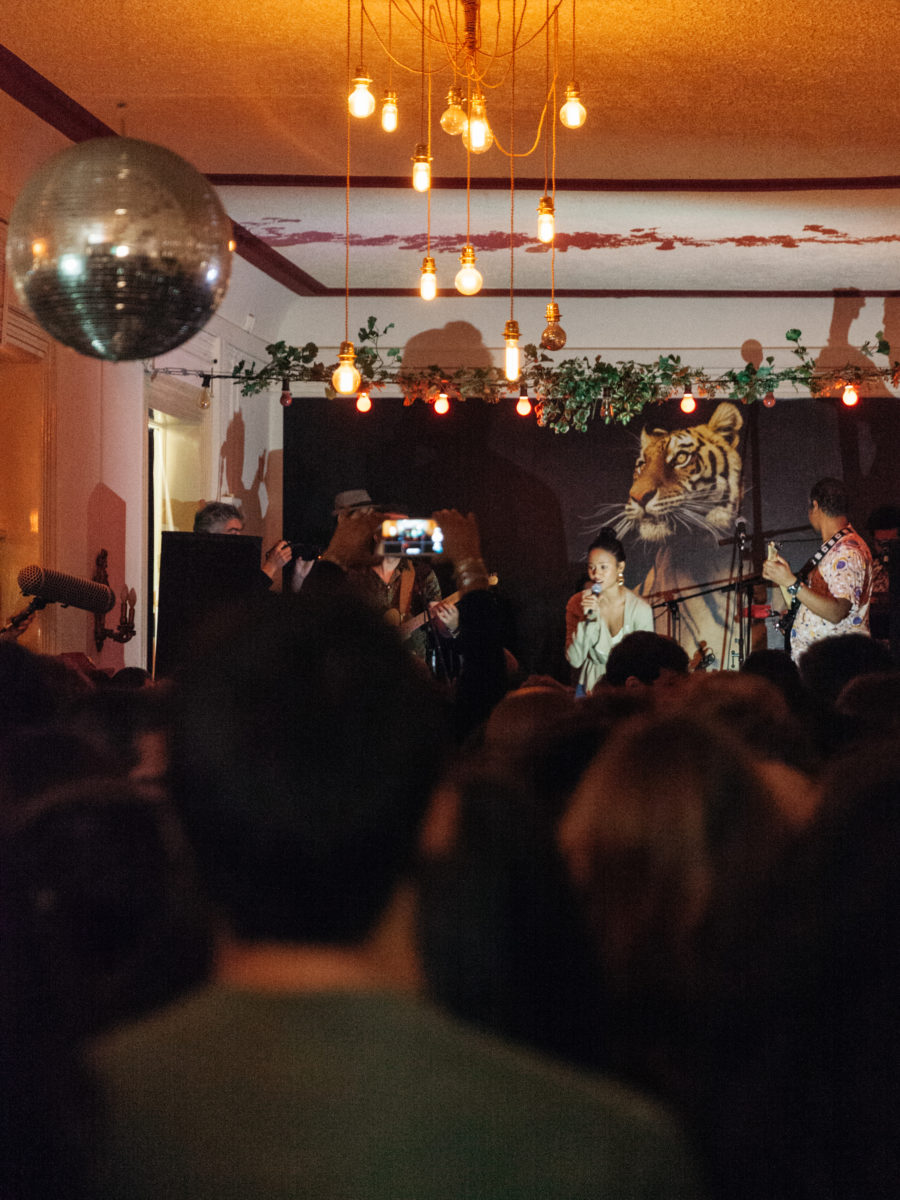
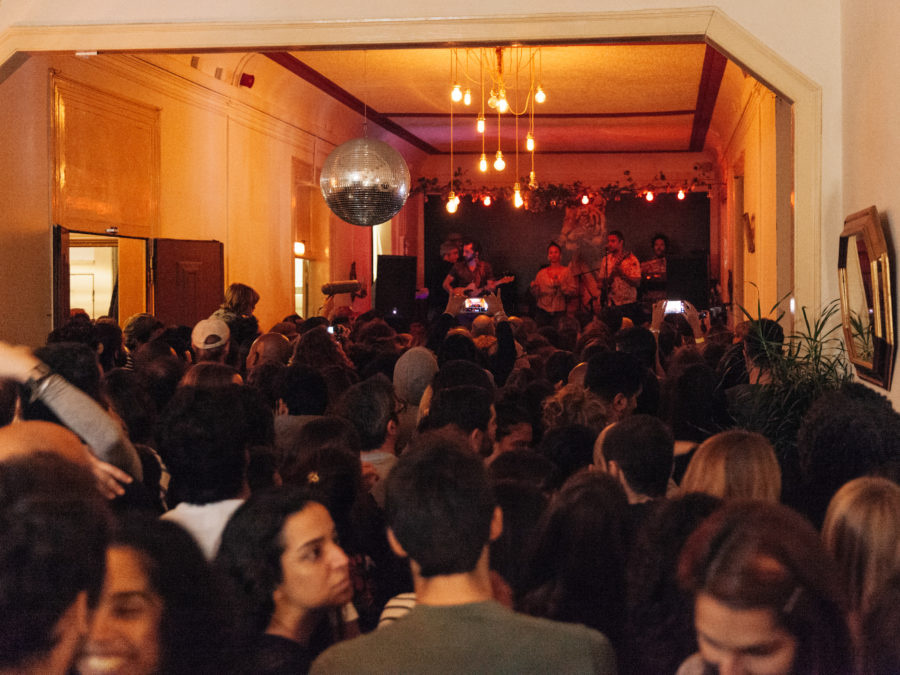
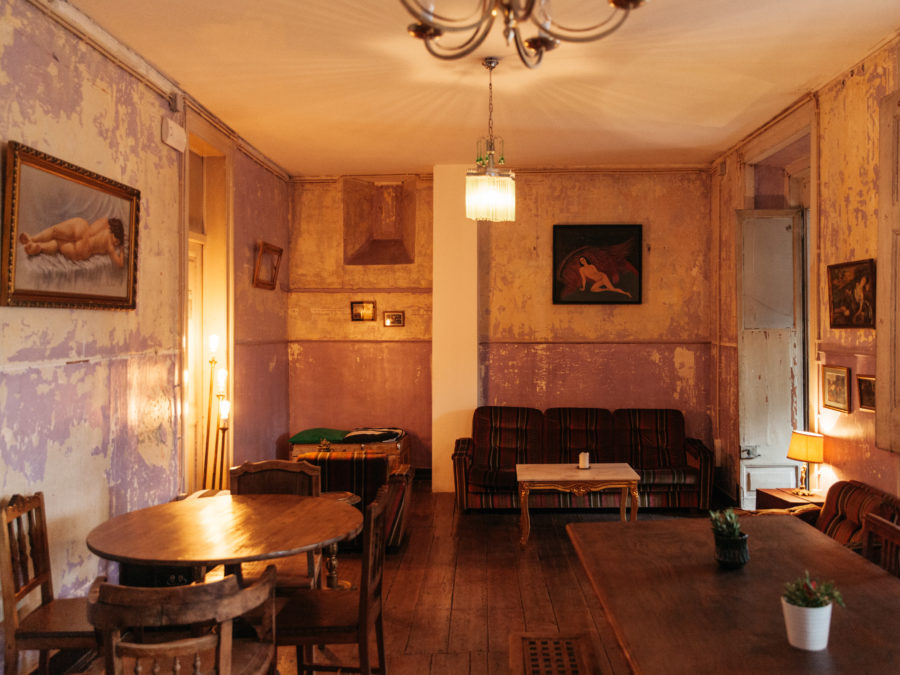
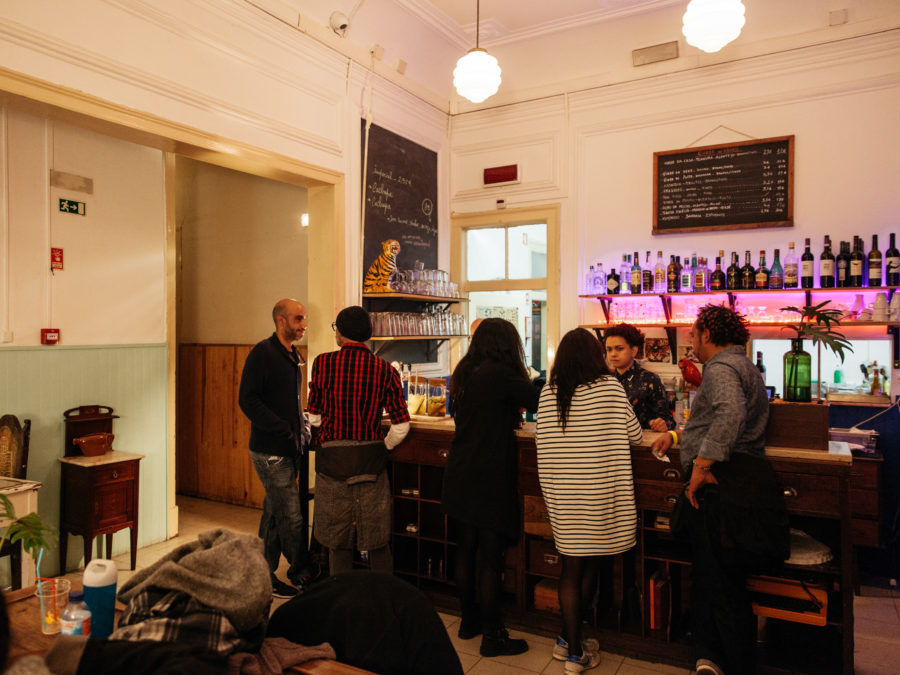
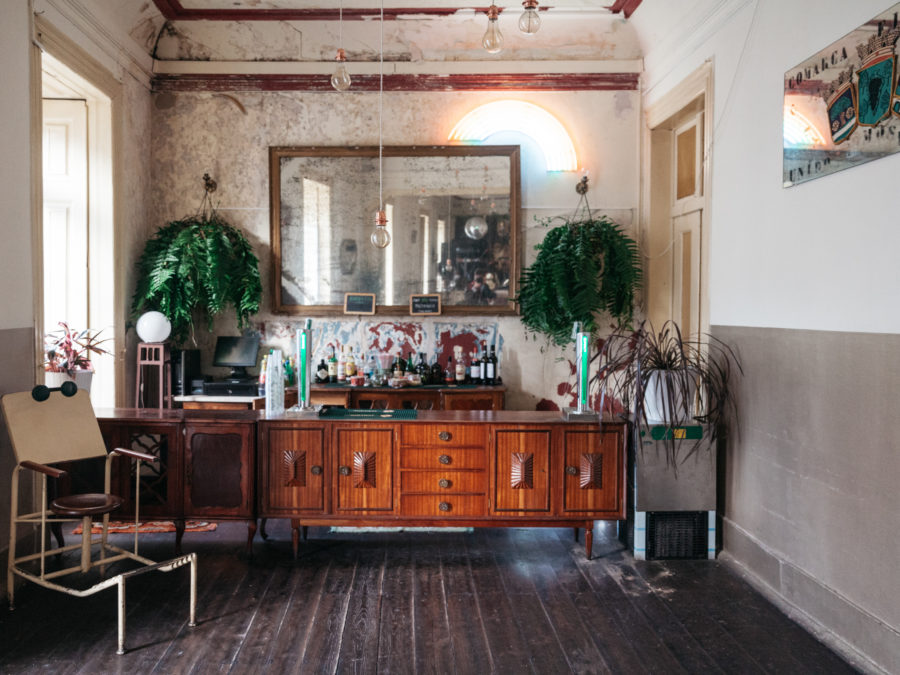
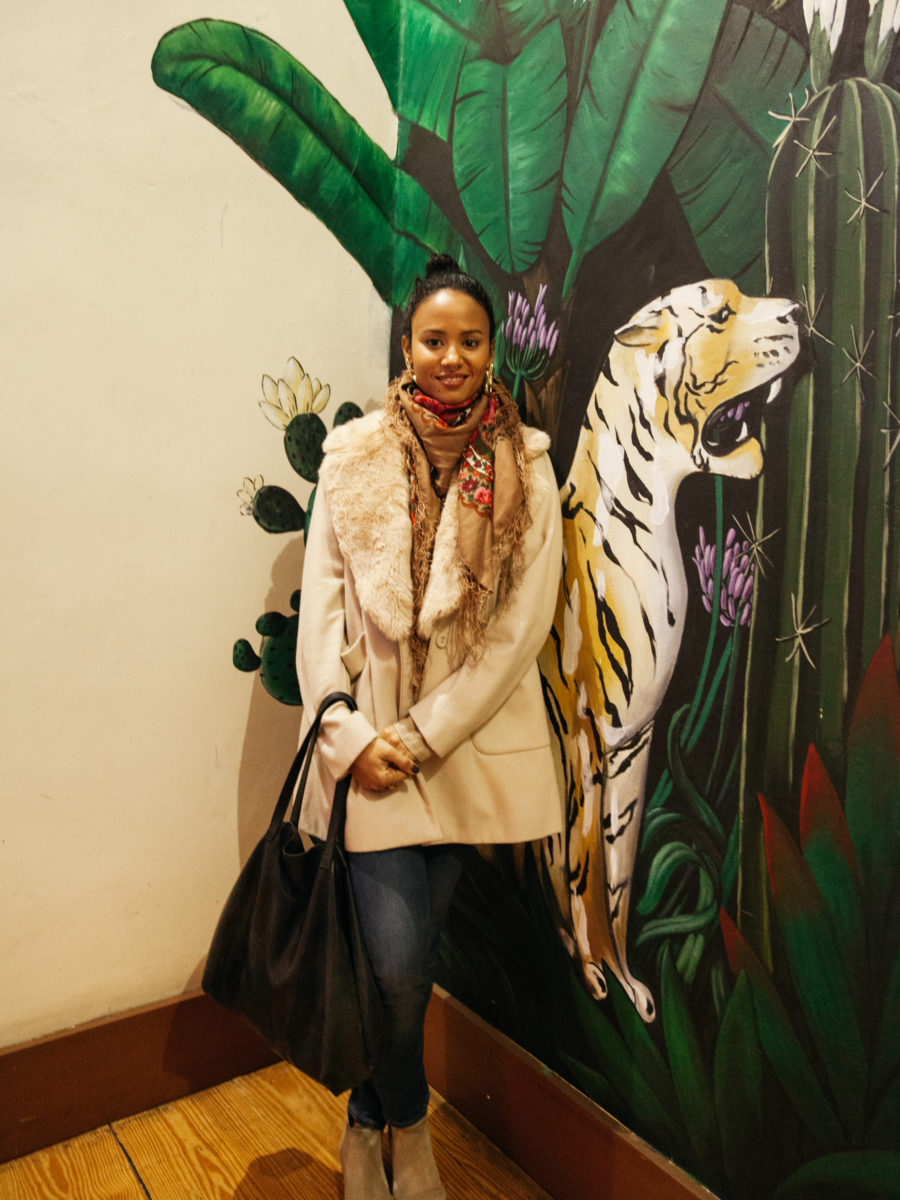
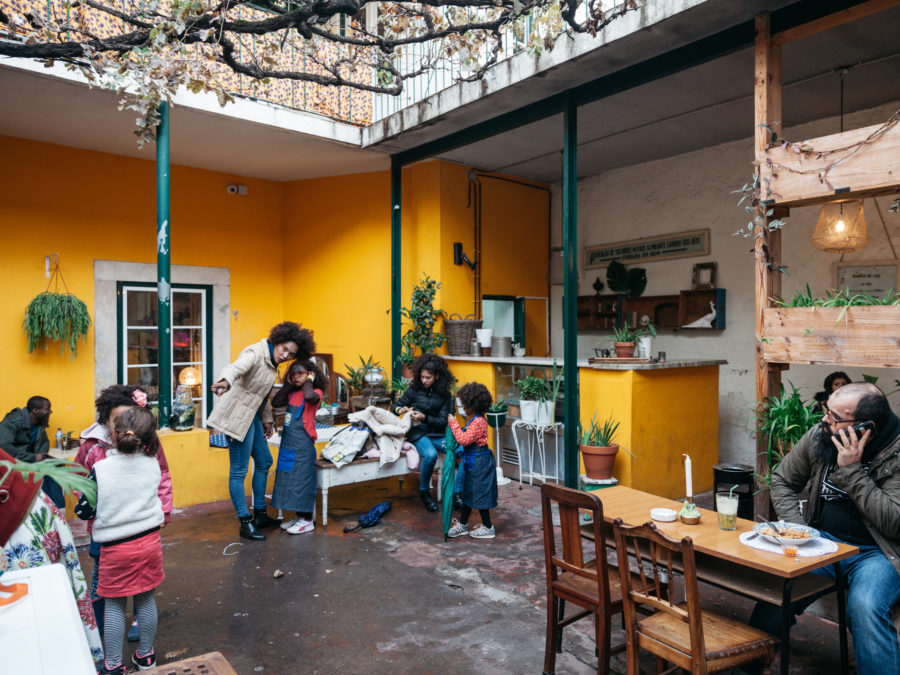
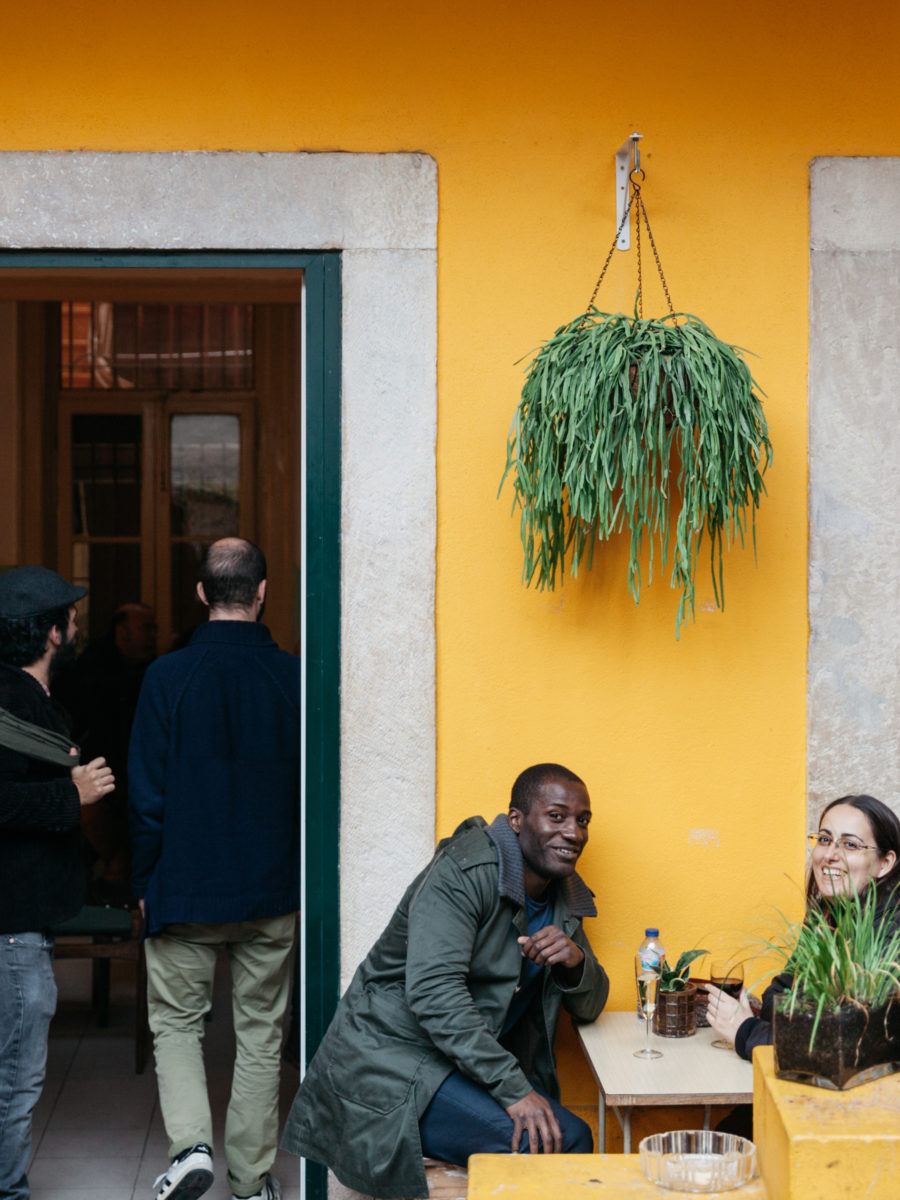
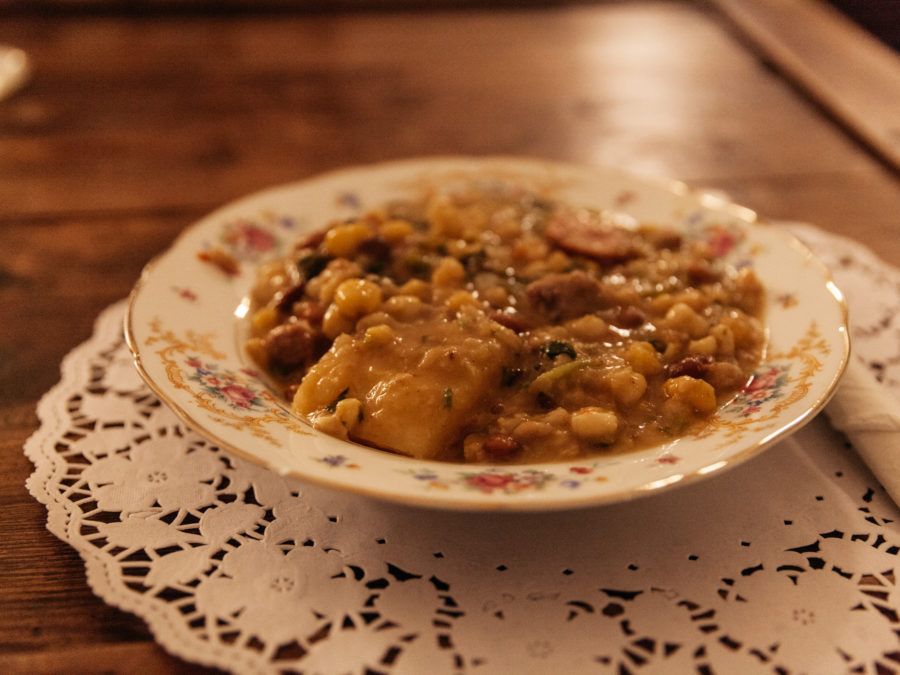
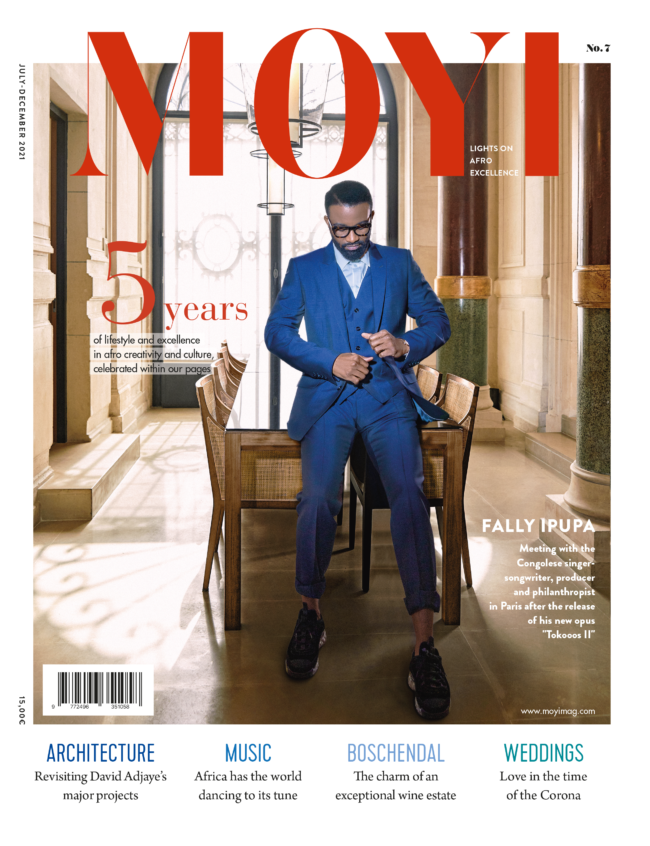 buy a print or digital issue
buy a print or digital issue
